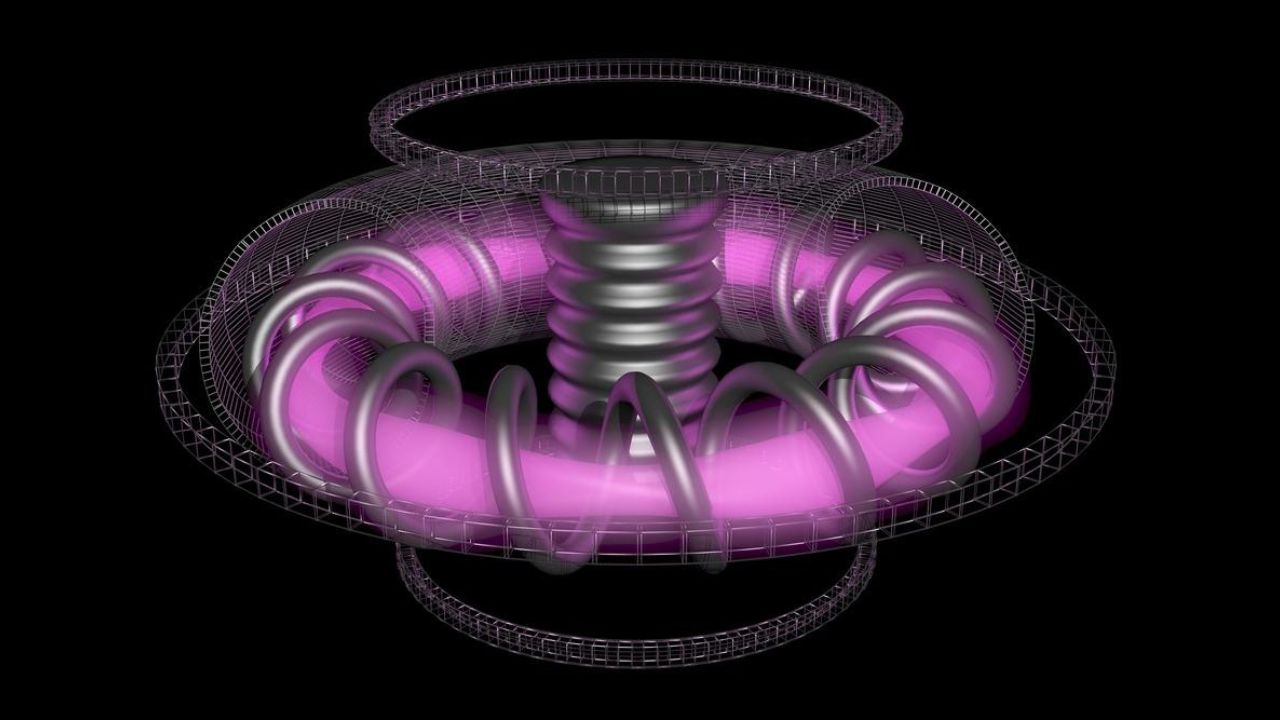
In the quest for sustainable and limitless energy, fusion research has made significant strides, with the recent formation of stable plasma rings in laboratory settings marking a pivotal breakthrough. These plasma rings, a key component in harnessing fusion energy, bring us closer to the dream of replicating the sun’s power on Earth. Recent advancements in this field are not only a testament to scientific ingenuity but also a beacon of hope for a future powered by clean energy.
The Science Behind Plasma Rings
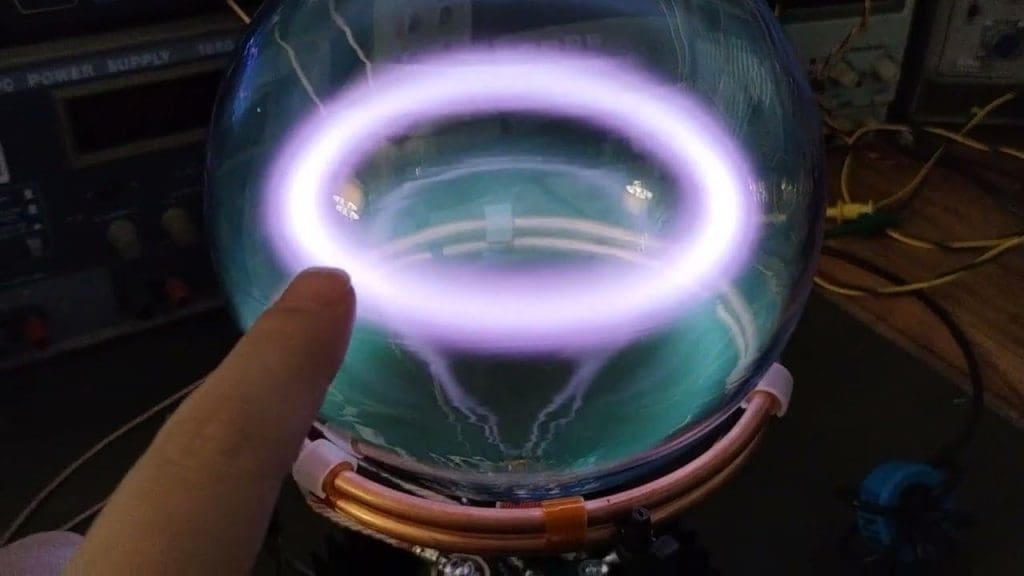
Plasma rings are toroidal formations of charged particles that exhibit properties crucial for achieving nuclear fusion. Known for their ability to confine and stabilize high-energy particles, plasma rings are essential in maintaining the extreme conditions necessary for fusion reactions. The stability of these rings is paramount, as it allows for sustained fusion reactions, which are the cornerstone of energy generation in fusion reactors.
Historically, the study of plasma and its confinement has been a central challenge in fusion research. Since the mid-20th century, scientists have sought to recreate the conditions found in stars like our sun, where hydrogen atoms fuse under immense pressure and temperature to form helium, releasing vast amounts of energy. The development of plasma rings, as seen in recent experiments, represents a culmination of decades of research and technological advancement, underscoring their significance in the ongoing pursuit of fusion energy.
Stable plasma rings serve a critical role in fusion research, acting as the containment vessels for the fusion process. By maintaining the necessary temperatures and pressures, these rings enable the fusion of atomic nuclei, a process that could potentially yield an almost limitless supply of energy. The ability to sustain such rings brings us a step closer to realizing practical and sustainable fusion energy, paving the way for a new era in energy production.
Recent Advances in Laboratory Techniques
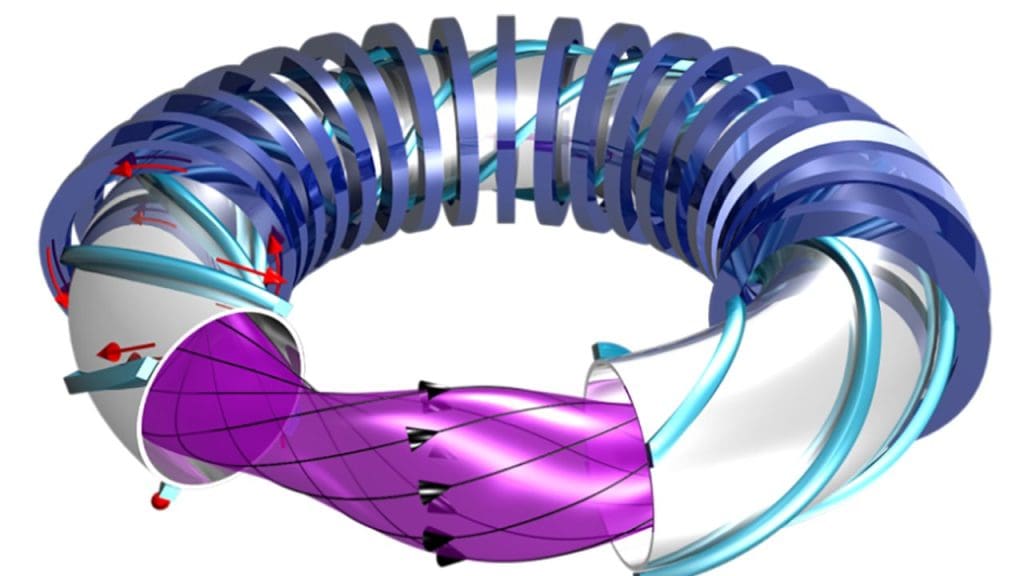
Recent breakthroughs in laboratory techniques have significantly enhanced our ability to create and stabilize plasma rings. Researchers have employed innovative technologies, such as advanced magnetic confinement systems and high-power lasers, to achieve unprecedented levels of stability in plasma configurations. These advancements have been crucial in overcoming the inherent instability issues that have plagued plasma research for decades.
Key experiments, such as those conducted at the ITER project in France, have demonstrated the feasibility of sustaining plasma rings over longer periods. By using sophisticated diagnostic tools and computer modeling, scientists have been able to fine-tune the conditions necessary for plasma stability. This has led to a deeper understanding of plasma behavior, allowing for more precise control over fusion reactions. Read more about these advancements.
Overcoming the challenges associated with plasma stability has been no small feat. Scientists have had to address issues such as turbulence and energy loss, which have historically limited the viability of plasma confinement. However, recent advances in materials science and engineering have provided new solutions, enabling the creation of more resilient and efficient plasma containment systems. This progress marks a significant milestone in the journey towards sustainable fusion energy.
Private Sector and Fusion Energy
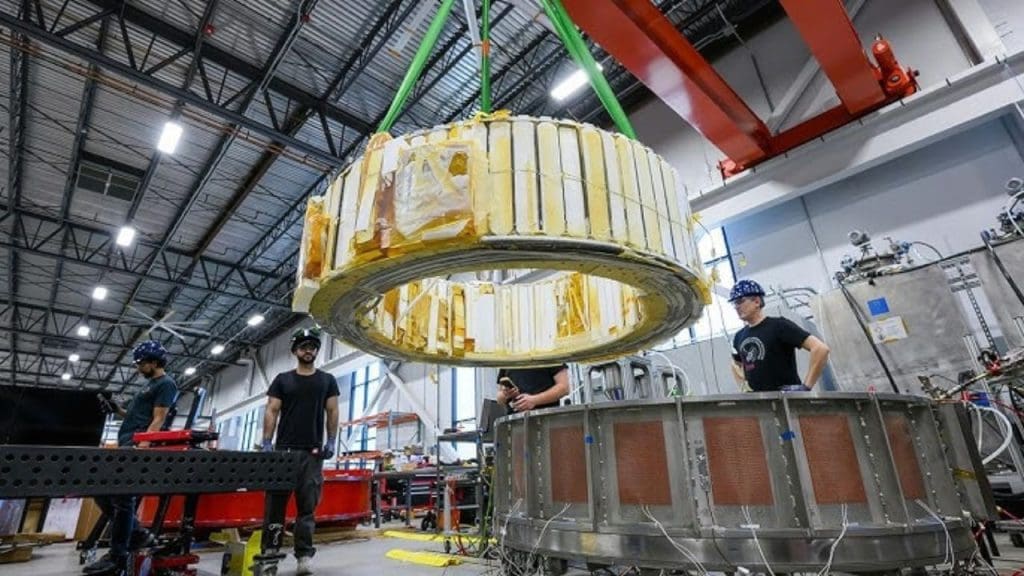
The private sector has played an increasingly important role in advancing fusion research. Companies like General Fusion and TAE Technologies are at the forefront of developing commercial fusion reactors, bringing new perspectives and resources to the field. Their involvement has accelerated the pace of innovation, introducing novel approaches to fusion energy that complement traditional research efforts.
Project timelines in the private sector are ambitious, with several companies aiming to demonstrate working fusion reactors by the mid-2020s. For instance, Helion Energy plans to achieve net energy gain within the next few years, a goal that, if realized, could revolutionize the energy market. These timelines, while optimistic, reflect the growing confidence in the feasibility of fusion technology and its potential impact on global energy systems.
Investment and funding in fusion energy have seen a substantial increase, with venture capitalists and governments alike recognizing the potential of this transformative technology. The influx of financial support has allowed for expanded research and development efforts, bringing fusion energy closer to commercial reality. This trend highlights the growing recognition of fusion as a viable and necessary component of our future energy landscape.
Potential Impact on Energy and Environment
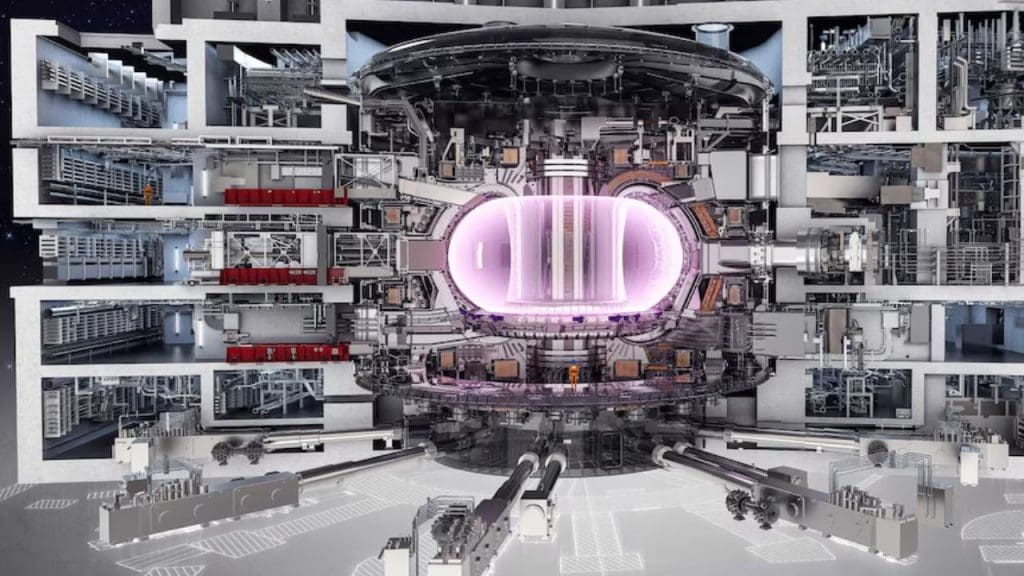
The advent of fusion energy promises to revolutionize global energy systems, offering a clean, virtually limitless source of power. Fusion reactions produce no greenhouse gas emissions and generate minimal radioactive waste, making them an environmentally friendly alternative to traditional energy sources. The widespread adoption of fusion energy could significantly reduce our reliance on fossil fuels, mitigating the impacts of climate change and contributing to a more sustainable future.
From an environmental perspective, the benefits of fusion energy are substantial. By providing a stable and abundant energy supply, fusion could enable the widespread electrification of transportation and industry, further reducing carbon emissions. Moreover, the scalability of fusion technology means it can be deployed in a variety of settings, from large-scale power plants to decentralized energy systems, offering flexibility and resilience in energy production.
Long-term sustainability is a key advantage of fusion energy, as it aligns with global efforts to meet future energy demands while minimizing environmental impact. By harnessing the power of fusion, we can create a more sustainable energy infrastructure that supports economic growth and development without compromising the health of our planet. The potential of fusion energy to transform our energy landscape is both exciting and essential for achieving a sustainable future.
Future Prospects and Global Implications
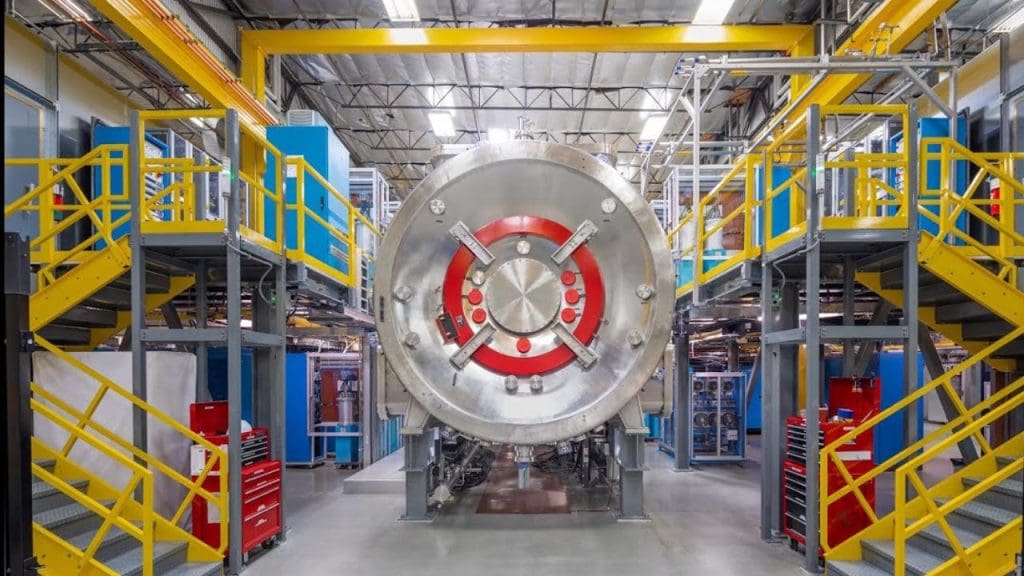
The roadmap to commercializing fusion energy involves several critical steps, including the continued development of stable plasma rings and the scaling up of fusion technologies. Achieving these milestones requires collaboration across disciplines and borders, as the challenges of fusion energy are complex and multifaceted. International cooperation, as seen in projects like ITER, is essential to overcoming these hurdles and advancing fusion research to the next level.
Global collaboration in fusion research fosters the sharing of knowledge and resources, accelerating the pace of innovation and reducing duplication of efforts. By working together, countries can pool their expertise and funding to tackle the scientific and technical challenges of fusion energy. The potential societal implications of widespread fusion energy adoption are profound, with economic and geopolitical effects that could reshape global power dynamics.
As we move closer to realizing the dream of fusion energy, the broader implications for society are worth considering. The transition to a fusion-powered world could lead to increased energy security, reduced geopolitical tensions over energy resources, and new opportunities for economic development. By embracing fusion energy, we have the opportunity to create a more peaceful and prosperous world, powered by clean and abundant energy.